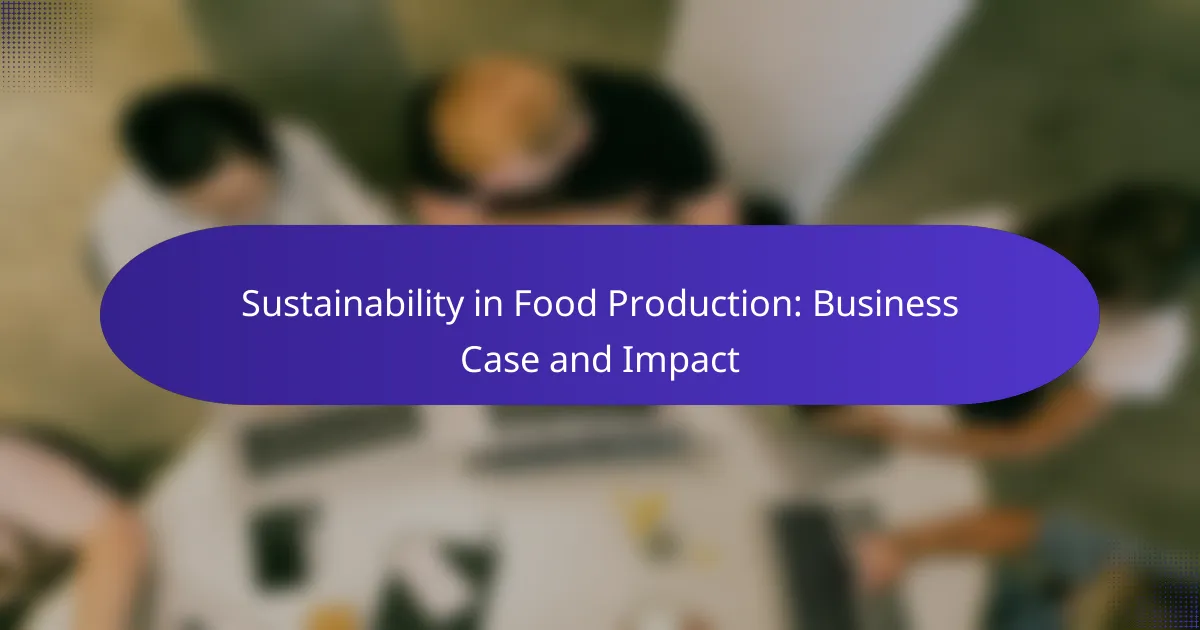Eco-friendly materials are essential in promoting sustainable construction practices, offering alternatives such as bamboo, recycled steel, and reclaimed wood. These materials not only help reduce environmental impact but also provide long-term benefits through durability and energy efficiency. By selecting eco-friendly options, we can contribute to resource conservation and support a healthier planet.

What are the best eco-friendly materials for construction?
The best eco-friendly materials for construction include bamboo, recycled steel, hempcrete, reclaimed wood, and straw bales. These materials are sustainable, often renewable, and can significantly reduce the environmental impact of building projects.
Bamboo
Bamboo is a highly renewable resource known for its strength and flexibility. It grows rapidly, reaching maturity in three to five years, making it an excellent alternative to traditional timber.
When using bamboo in construction, consider its treatment to prevent pests and decay. It can be used for structural elements, flooring, and even furniture, offering both aesthetic appeal and durability.
Recycled steel
Recycled steel is made from scrap metal and is one of the most recycled materials globally. It is strong, durable, and can be reused multiple times without losing quality, making it ideal for structural frameworks.
Using recycled steel can significantly reduce energy consumption and greenhouse gas emissions compared to producing new steel. Ensure that the steel meets local building codes and standards for safety and performance.
Hempcrete
Hempcrete is a biocomposite made from hemp fibers and lime, providing excellent insulation and moisture regulation. It is lightweight and can be used in walls, offering a sustainable alternative to traditional concrete.
While hempcrete is not load-bearing, it works well in combination with other materials. Be aware of local regulations regarding hemp products, as they may vary by region.
Reclaimed wood
Reclaimed wood is salvaged from old buildings, furniture, or other structures, giving it a second life while reducing waste. It adds character and history to new constructions and can be used for flooring, beams, and cabinetry.
When sourcing reclaimed wood, check for quality and ensure it is free from harmful chemicals. It’s essential to verify that the wood complies with local building codes to ensure safety and durability.
Straw bales
Straw bales are an affordable and highly insulating building material. They are made from the byproducts of grain production and can be used in walls, providing excellent thermal performance.
When using straw bales, ensure they are properly sealed to prevent moisture issues. This material is best suited for low-rise structures and should comply with local building regulations regarding fire safety and structural integrity.

How do eco-friendly materials compare in terms of cost?
Eco-friendly materials often present a range of costs compared to traditional options, influenced by factors such as sourcing, processing, and market demand. While some eco-friendly materials may have higher upfront costs, they can offer long-term savings through durability and energy efficiency.
Cost of bamboo vs. traditional wood
Bamboo typically costs between 20-50% less than high-quality hardwoods, making it an attractive alternative for flooring and furniture. Its rapid growth cycle allows for sustainable harvesting, which can reduce costs over time.
However, the price of bamboo can vary based on quality and treatment. Lower-grade bamboo may be cheaper but could require more maintenance, impacting long-term expenses.
Recycled steel pricing
The cost of recycled steel generally ranges from 10-30% lower than new steel, depending on market conditions and the quality of the recycled material. This makes it a cost-effective choice for construction and manufacturing.
When considering recycled steel, factor in potential savings on transportation and waste disposal fees, as sourcing locally can further reduce overall costs.
Hempcrete cost analysis
Hempcrete is often more expensive than traditional concrete, with prices typically ranging from 10-20% higher. This is due to the specialized processing and sourcing of hemp fibers. However, its insulation properties can lead to significant energy savings over time.
Investing in hempcrete may also qualify for green building incentives, which can offset initial costs. Consider local regulations and available subsidies when evaluating the overall financial impact of using hempcrete in construction projects.

What are the environmental benefits of using eco-friendly materials?
Eco-friendly materials offer significant environmental benefits, including reduced pollution, conservation of resources, and support for sustainable practices. By choosing these materials, individuals and businesses can contribute to a healthier planet and promote a circular economy.
Reduced carbon footprint
Using eco-friendly materials helps lower the carbon footprint associated with production and transportation. Materials such as bamboo, recycled metals, and organic cotton require less energy to produce compared to conventional options, leading to fewer greenhouse gas emissions.
For example, switching from traditional plastic to biodegradable alternatives can significantly reduce carbon emissions over the product’s lifecycle. Consumers can look for certifications like Energy Star or LEED to identify products that contribute to a smaller carbon footprint.
Waste reduction
Eco-friendly materials often generate less waste during production and at the end of their life cycle. Many of these materials are designed to be recyclable or compostable, which minimizes landfill contributions and promotes resource recovery.
For instance, using reclaimed wood in construction not only reduces waste from deforestation but also repurposes existing materials, thereby reducing the demand for new resources. Implementing practices like upcycling can further enhance waste reduction efforts.
Energy efficiency
Eco-friendly materials typically require less energy to manufacture and process, contributing to overall energy efficiency. For example, insulation made from recycled materials can reduce energy consumption in buildings by improving thermal performance.
Additionally, products made from renewable resources often have a lower energy input during their life cycle. Consumers should consider energy-efficient certifications and labels when selecting materials to ensure they are making sustainable choices.

What applications are ideal for eco-friendly materials?
Eco-friendly materials are particularly suited for applications in construction, landscaping, and various commercial projects. Their sustainable properties not only reduce environmental impact but also enhance energy efficiency and overall health in these settings.
Residential construction
In residential construction, eco-friendly materials such as bamboo, recycled steel, and reclaimed wood are gaining popularity. These materials offer durability and aesthetic appeal while minimizing the carbon footprint of new homes.
When selecting materials for homes, consider insulation options like cellulose or sheep’s wool, which improve energy efficiency. Additionally, using low-VOC paints and finishes can enhance indoor air quality, making homes healthier for occupants.
Commercial buildings
Commercial buildings benefit significantly from eco-friendly materials, which can lead to lower operational costs and improved sustainability ratings. Materials like pre-cast concrete, green roofs, and energy-efficient glass are commonly used to enhance energy performance.
Building certifications, such as LEED, encourage the use of sustainable materials. Businesses should evaluate local regulations and incentives that promote eco-friendly construction practices, as these can provide financial benefits and improve public perception.
Landscaping
Eco-friendly materials in landscaping include permeable pavers, recycled mulch, and native plants. These options help manage stormwater runoff and support local ecosystems while reducing maintenance needs.
When designing landscapes, prioritize materials that require less water and are suited to the local climate. Utilizing compost and organic fertilizers can also promote healthier soil and plant growth, contributing to a more sustainable environment.

How to choose the right eco-friendly materials for your project?
Choosing the right eco-friendly materials involves assessing their environmental impact, durability, and suitability for your specific project. Consider factors such as sourcing, lifecycle, and how they align with your sustainability goals.
Comparison of common eco-friendly materials
Common eco-friendly materials include bamboo, recycled metal, reclaimed wood, and organic cotton. Each material has unique properties that make it suitable for different applications. For instance, bamboo is known for its rapid growth and strength, while recycled metal is valued for its durability and low environmental footprint.
When comparing these materials, consider their sourcing practices, energy consumption during production, and end-of-life recyclability. For example, reclaimed wood can add character to a project while reducing the demand for new lumber, but it may require more labor to prepare for use.
Benefits of using eco-friendly materials
Using eco-friendly materials can significantly reduce your project’s environmental impact. They often require less energy to produce and can minimize waste through recycling and reuse. Additionally, many eco-friendly materials contribute to healthier indoor air quality, as they are less likely to emit harmful chemicals.
Moreover, opting for sustainable materials can enhance your brand’s reputation and appeal to environmentally conscious consumers. This can lead to increased customer loyalty and potentially higher sales, especially in markets where sustainability is a key purchasing factor.
Applications of eco-friendly materials
Eco-friendly materials can be applied in various sectors, including construction, fashion, and product design. In construction, materials like straw bales, rammed earth, and recycled concrete are increasingly popular for their sustainability and energy efficiency.
In the fashion industry, organic cotton and hemp are favored for clothing and accessories due to their lower environmental impact compared to conventional fabrics. Product designers are also incorporating biodegradable plastics and sustainably sourced woods to create eco-friendly consumer goods.



